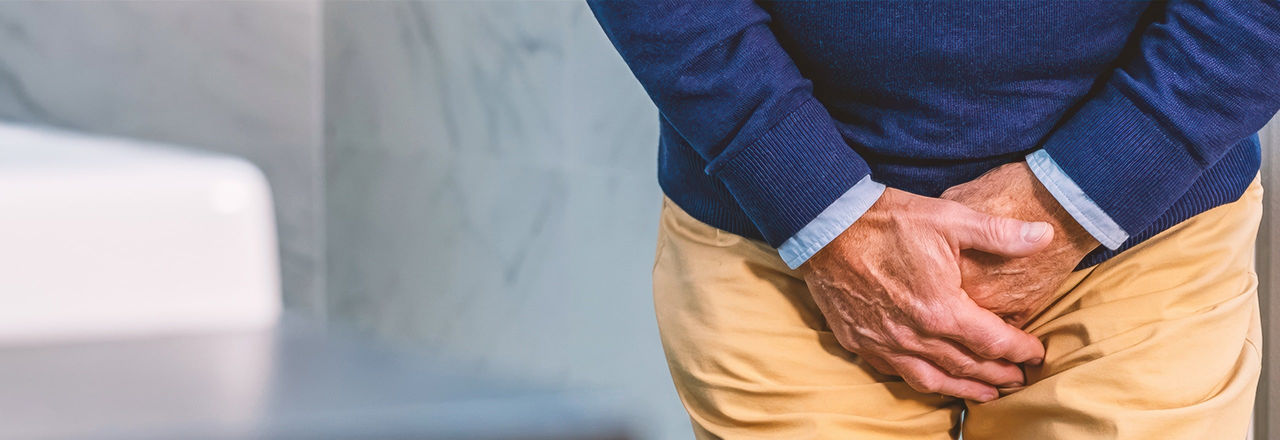Experiencing a sudden, urgent need to urinate and struggling to make it to the toilet in time? Experiencing excessive urination at night? Leaking urine? Male incontinence is more common than you might think.
Living with male incontinence
Male incontinence, also known as bladder leakage or urinary incontinence, is defined as any sort of involuntary leaking of urine. We understand that it can get in the way of your everyday life and may cause you to feel self-conscious or even embarrassed. Fortunately, there are treatment options that could help you regain control of your bladder and your life.


